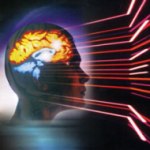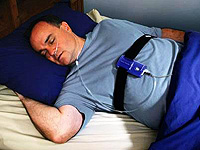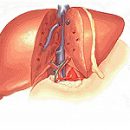What types of alarming disorders exist? What is agoraphobia and social phobia? Answers to these questions you will find in the article.
Content
Anxiety disorders are called a group of neurosis associated with the unreasonable and destabilizing sense of fear and voltage without any certain reason.
Alarm disorders, alarming disorders
Agoraphobia. Fear of being in a situation in which it is difficult to get the help of other people and from which it is difficult to quickly leave, like, for example, on the bridge or in the crowd, in trolleybus, metro. Often accompanied by panic disorder.
Panic disorder. Suddenly unprecedented intensive fear, reaching a maximum for a few minutes and not related to frightening situations or objects. Frequent symptoms - the fear of going crazy, lose self -lation, the fear of death, or what something terrible, tachycardia can happen now, the difficulty of breathing on the breath, the feeling of air shortage, attacks of fools and dizziness. Often, patients with panic disorder is diagnosed «NCD» or «VD», and panic attacks are regarded as «Vegeth-vascular (or diancephal) crisis».
Specific (isolated) phobia. Strong fear of a certain object or situation, such as heights, mice, spiders.
 Obsessive compulsive disorder. Obsessive painful thoughts that interfere with living normally and often lead to obsessive actions and rituals. Examples can serve an excessive fear of dirt or infectious disease, leading to continuous washing of hands; Repetition many times of the same name or word; Multiple recheck, whether the door is closed, whether the oven is turned off, the window is closed.
Obsessive compulsive disorder. Obsessive painful thoughts that interfere with living normally and often lead to obsessive actions and rituals. Examples can serve an excessive fear of dirt or infectious disease, leading to continuous washing of hands; Repetition many times of the same name or word; Multiple recheck, whether the door is closed, whether the oven is turned off, the window is closed.
Post-traumatic stress disorder. Often develops in patients who survived the life-threatening situation or disaster (hostilities, accident at nuclear power plants, car accident and t.NS.). Characteristic persistent painful memories, increased excitability, irritability and outbreaks of anger, sleep disorders.
Generalized anxiety disorder. Constant pronounced feelings of tensions, anxiety and upcoming troubles in everyday events and problems for several months. Frequent symptoms - excessive muscle tension, irritability, problems with sleep and chronic fatigue. Often accompanied by depression.
Social phobia. The pronounced fear is in the center of attention or the fear of the stake itself so that it will cause embarrassment or humiliation in certain situations. The most typical situations are communication or eating in public places, a random meeting of familiar persons in the public, staying in small groups (for example, at parties, meetings, in the classroom) and T.NS.
Adaptation disorder. Condition of subjective distress and emotional concern that impede normal activities and arising during adaptation to a significant change in life or stressful event.
Alarming disorders are common very wide.
In the work of a general practitioner of patients with disturbing disorders, more than patients with diabetes and bronchial asthma, combined.
According to foreign data, one-time 9% of the population in the world suffers from any disturbing disorder, and for all the time of their life, the alarming disorder is transferred by almost 25% of people.









